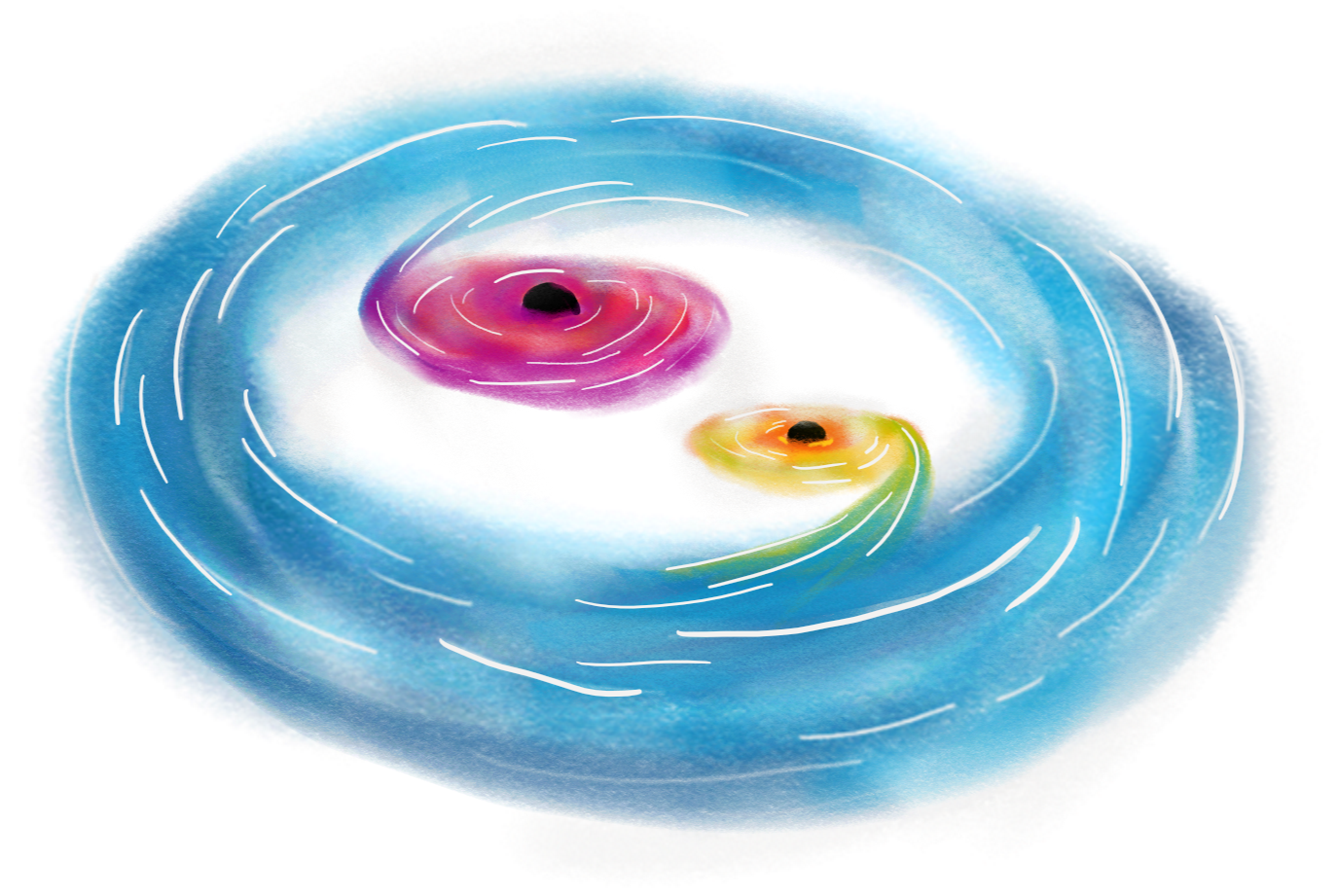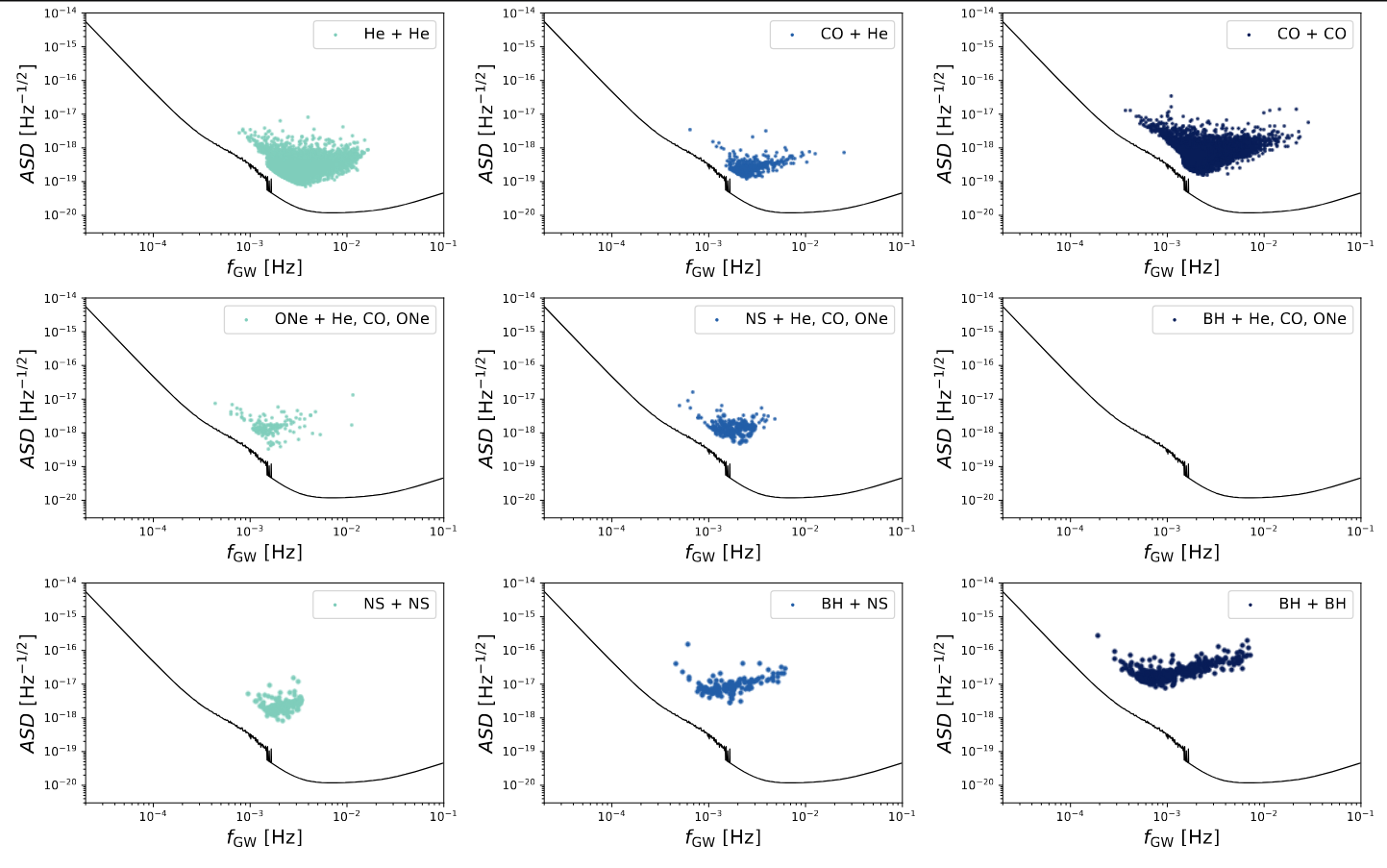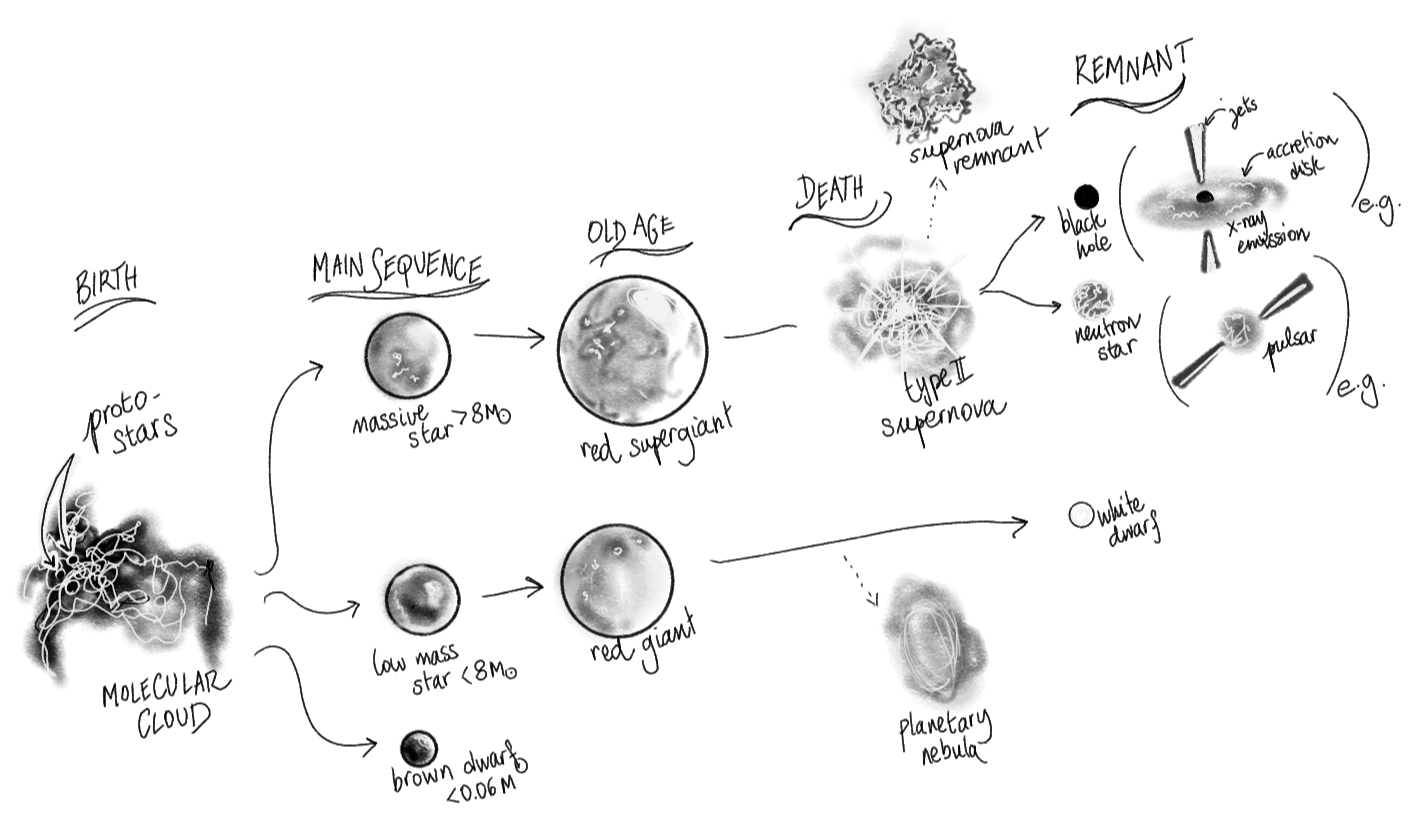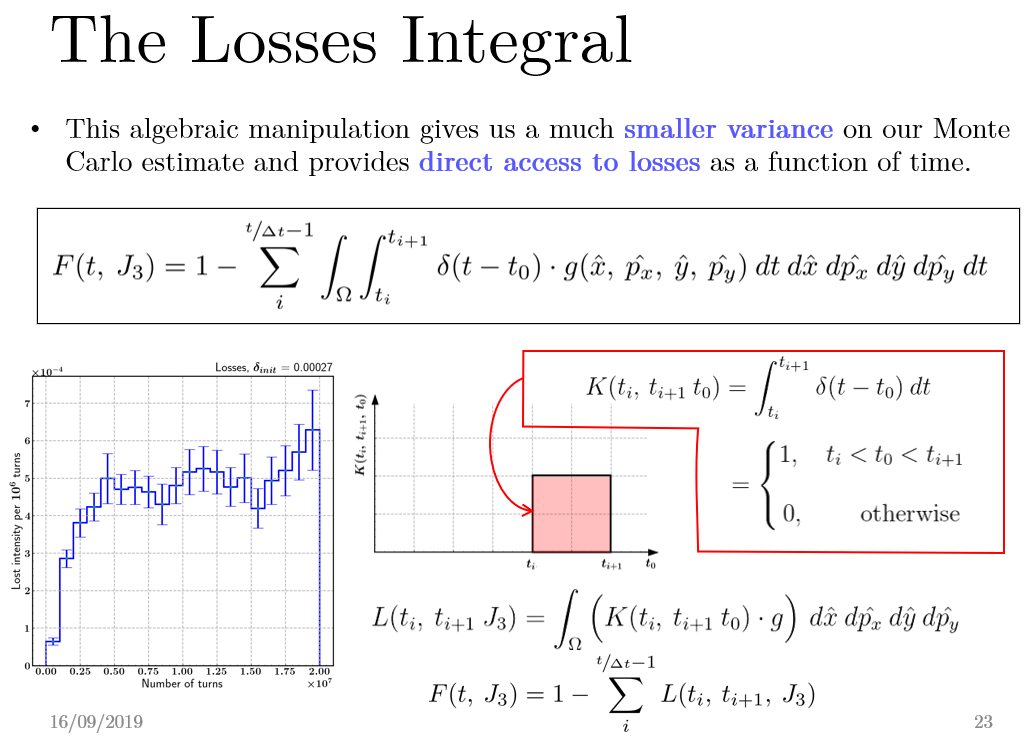research
My current work is on modeling the composite X-ray reflection spectrum associated with supermassive black hole binaries, with a special focus on those that emit low-frequency gravitational waves detectable by either LISA (Laser Interferometry Space Antenna) or the PTAs (Pulsar Timing Arrays).

x-ray reflection spectra of supermassive black hole binaries
I use advanced relativistic reflection tool relxill within X-ray spectral analysis
software xspec to compute the full reflection spectrum, from roughly 0.1 to 100 keV,
including the much beloved Fe K$\alpha$ line at 6.4 keV.
My first paper, titled "X-ray
Reflection Signatures of Supermassive Black Hole Binaries," simulates the composite X-ray
reflection spectra expected from SMBHs of different mass ratios $q=m_2/m_1$ and total mass accretion
rates $\lambda_\textrm{tot}=\dot{M}_\textrm{tot}/\dot{M}_\textrm{tot, Edd}$
(the amount by which 1 of the BHs is bigger than the other, and the quantity of gas being consumed
by the binary, relative to the total binary mass — this translates to luminosity).

We then simulated 100 ks observations of those very spectra, in either PTA or LISA mass ranges, with 4 well-studied X-ray mission concepts (NewAthena, AXIS, STROBE-X, and HEX-P) to see which ones could pick up on the binarity of our synthetic sources.
Before graduate school, I worked with Pr. Shane Larson at CIERA (Northwestern University) on galactic compact binaries that will (or will not!) be detectable by LISA.

milky way compact binaries in the lisa frequency band
there, I used Katie Breivik's compact stellar binary population synthesis code cosmic to characterize the non-resolvable background noise from galactic compact binaries and its impact on LISA's sensitivity curve. We know that the most numerous gravitational wave sources in the nearby Universe are, by far, galactic white dwarf binaries. Their numbers are such that LISA's ability to properly hear sources in that particular frequency band will be seriously hampered. Though we cannot hope to resolve any of those as individual sources (save for a very select few), we could infer their numbers and parameter distribution from the general tone and loudness of that background noise. Using that, we hope to be able to constrain some key processes of stellar evolution and compact object formation!

Since I was already there, I also spent time investigating exactly how much key binary stellar evolution model parameters (such as natal kicks, or stability of common envelope mass transfer with a Hertzsprung gap companion) would affect the expected number of sources of each type (i.e. BH, NS, and sub-types of WDs) that would be individually detectable by LISA.

I was also a summer student in 2019 at CERN's Beams and Accelerator Physics department, working with Dr. Gianni Iadarola and (now also Dr.!) Kostas Paraschou.

beam luminosity loss in the large hadron collider
I ran particle tracking simulations on their high performance computing cluster to study the evolution of beam luminosity loss in the Large Hadron Collider (LHC) in the presence of complex non-linear beam-beam effects.

We had to develop a mathematical formalism to quantify the losses while minimizing systematic errors from scratch, which was a fun challenge!
back